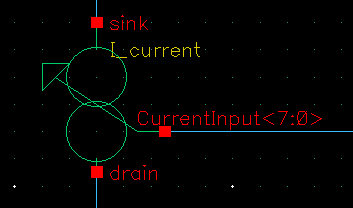Where can we obtain mathematically the ON-voltage or forward-bias voltage in bipolar transistors, which is around 0.7V?
The typical 0.7V voltage drop in Bipolar Junction Transistors (BJTs) is associated with the base-emitter junction.

The voltage across the base-emitter junction, denoted as V_BE, is a critical parameter in the operation of a BJT. In regular silicon-based technologies, this parameter moves around 0.6 to 0.7 volts, although this value can vary slightly based on the specific transistor, temperature and manufacturing process.

If a forward bias is applied to the base-emitter junction, then the minimum voltage at which this forward biasing occurs is approximately 0.7V, turning on the BJT transistor and allowing the current to flow from the emitter to the collector.
Especially if you study electronics in the early 2000s, you have definitely learned the magic number 700mV for the base-emitter voltage drop.
But where does it come from?
The base-emitter potential of 0.7V comes from the built-in potential (barrier) of the silicon material. The difference in concentration of electrons and holes in the N-type and P-type regions creates a voltage across the PN-junction. In silicon, this potential is typically about 0.7V, but the exact value depends on factors like doping levels and temperature.
Mathematically, we can derive it from the bipolar current equation:

Let’s suppose a normal or standard case with the following values:
- Is: saturation current of 1 fA
- Ic: collector current of 1 mA
- Vt: thermal voltage 25mV
Then:

What happens if we consider other, more extreme collector currents (Ic) like 10mA or 100uA? The voltage emitter voltage varies slightly:

We can see that the range will not move much around the 0.62V and 0.74V.
As a rule of thumb, we can consider 0.7V as a standard and realistic value to estimate the base-emitter voltage drop of a BJT transistor.




